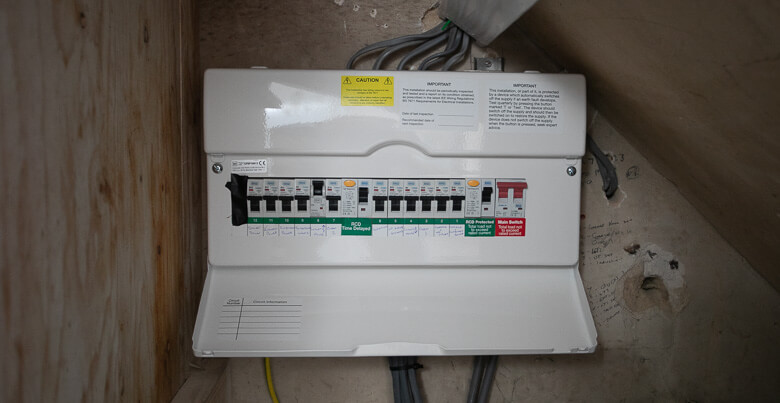Electrical Installation Condition Reports (EICRs) are official documents provided by qualified and certified electricians. These reports assess the condition of your electrical installation, including cables, fuse boards, sockets, and switches. It is important to conduct an EICR at regular intervals in accordance with BS7671 wiring regulations: every 5 years for rental properties and every 10 years for domestic properties, or upon a change of occupancy.
What is an EICR?
EICR Periodicity
Homeowners: The BS7671 (18th Edition Wiring Regulations) recommend conducting an Electrical Installation Condition Report (EICR) every 10 years, when moving into or out of a property, or if poor quality work is suspected.
Rental Homes: According to the Landlord and Tenant Act (1985), landlords must maintain safe electrical installations throughout a tenancy. BS7671 recommends an EICR every 5 years or with each change of tenancy. Since 2020, it is mandatory for all rental properties in England to have an EICR every 5 years, with non-compliance resulting in fines up to £30,000.
Businesses: The Health and Safety at Work Act (1974) requires employers to ensure the health and safety of employees, including precautions against electrical risks under the Electricity at Work Regulations. BS7671 advises an EICR every 5 years.
What happens during an EICR?
The testing will determine if any circuits or parts of the installation are overloaded, identify risks of electrical shock or fire hazards, and detect any faulty DIY work requiring attention. It will also check for inadequate earth bonding on gas and water supplies. During the inspection, the power will be turned off.
Further testing will include the wiring and fixed appliances, such as built-in kitchen appliances. Plug sockets will also be tested to ensure a comprehensive evaluation.
Upon completion of the inspection and testing, an Electrical Installation Condition Report will be generated and sent to you either as a PDF via email or as a hard copy by post.

